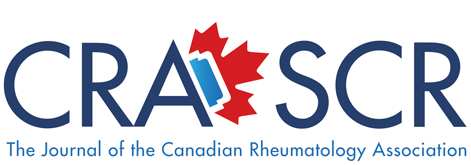Checklist for the Practice Closure
- Inform your staff first.
- Notify patients. Options include:
- Individual discussion at follow-up when initiating referral process
- An individual letter to patients outlining the transfer of care
- Notify colleagues.
- Notify all licensing and professional organizations, including Canadian Medical Protective Association [CMPA], College of Physicians and Surgeons of Ontario [CPSO], Ministry of Health, and the Royal College. Know what is expected of you.
- Make arrangements for storing or transfer of custody
of medical records, including a process for retrieving
medical records.
For more information visit www.oma.org for a Practice Closure Checklist.
Post Transition
CMPA Protection continues in retirement because CMPA
provides occurrence-based protection.
A medical license is required for writing prescriptions,
teaching or providing a medical opinion. Contact the College
for specific questions.
Medical record requirements for adults include retention
of records for 10 years from the date of last entry. The
College recommends 15 years for legal reasons. It is important
to know how to retrieve charts. Written authorization
is necessary to release files. Keep a list of charts shredded
and destroyed.
If the decision is made not to renew your license, it is
necessary to provide written formal notice to the College to
remain in good standing.
References:
CMPA. Winding down your practice. Revised July 2013. Available at www.cmpa-acpm.ca/en/advice-publications/browse-articles. Accessed Jan 2020.
CMPA. Considerations when leaving a medical practice. Revised April 2008. Available at www.cmpa-acpm.ca/en/advice-publications/browse-articles. Accessed Jan 2020.
CMPA. A matter of records: An overview of the retention, access, security, storage, disposal, and transfer of clinical records. Revised October 2019. Available at www.cmpa-acpm.ca/en/advice-publications/browse-articles. Accessed Jan 2020.
Sharon Wilkinson, MD, FRCPC
Rheumatologist (retired)
Burlington, Ontario




